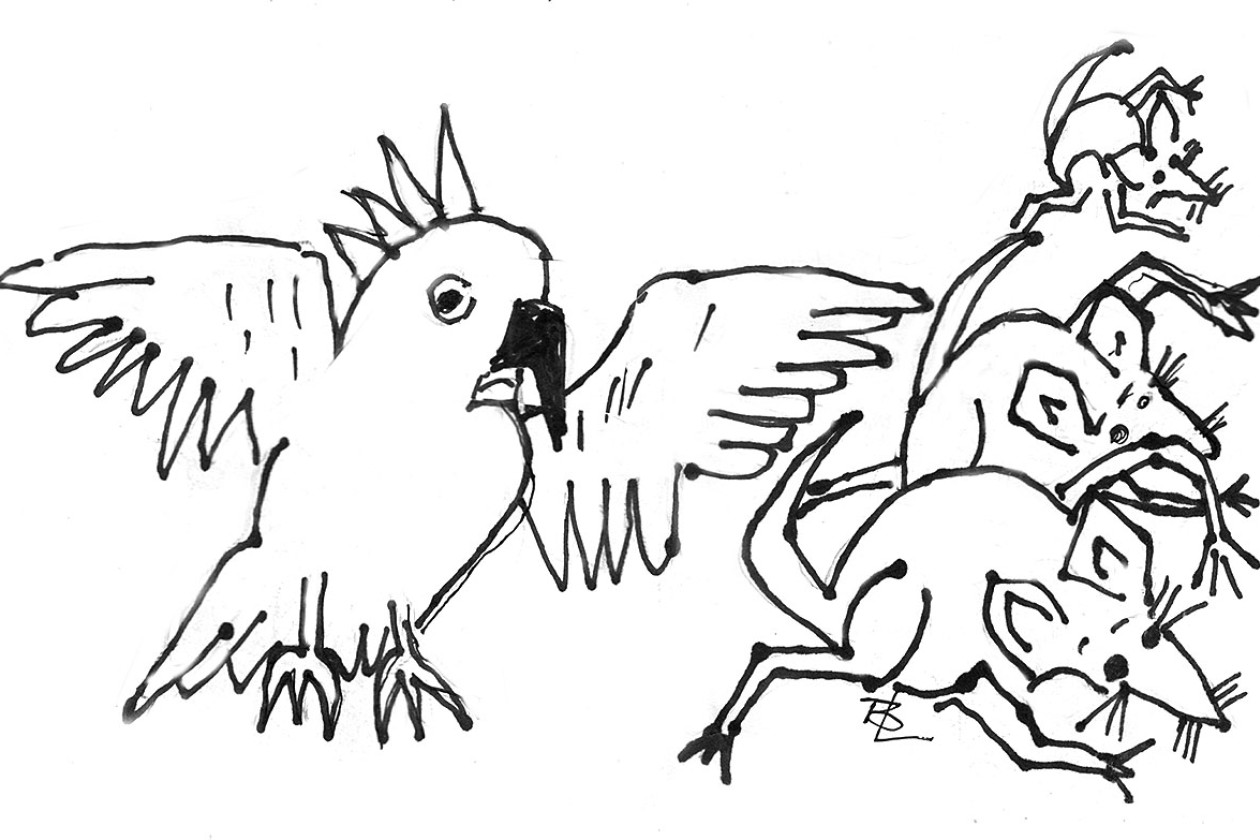General News
6 June, 2025
SOCIAL SCOURGES AND PLAGUES - with Brian Lennen
After the war, society came face-to-face with a plethora of infectious diseases and infestations.

During the First World War, the “Great Influenza Epidemic” emerged and spread world-wide. Over 500 million were infected and a death toll of between 50-100 million was recorded. It was particularly virulent among young adults.
As with COVID, cities were shut down and schools and factories closed. There were no “anti-viral” drugs. Greater hygiene and water treatment helped to contain it.
Incredibly, there were some geographical zones where it didn’t appear.
In the 1940s everyone lived in fear of the viral infection poliomyelitis (polio). It attacked the nerve cells of the spinal cord, resulting in temporary or permanent paralysis.
Many of those affected were forced to wear callipers (metal hinges) for weak legs. Severe cases were confined to an “iron lung” for life.
Many cures were claimed, but were short-lived until an American chemist, Jonas Salk, found a cure using antibodies developed in monkeys.
Every school child in Australia was given the vaccine. Polio is almost eliminated, although it still appears in some countries.
Incredibly, despite Salk’s outstanding research and successful outcomes, he wasn’t widely recognised in his home country.
During my school days, it wasn’t uncommon to have classmates affected in various forms. Some were forced to live out their lives in an iron lung, which is too difficult to contemplate. Others required crutches.
Another 20th century curse was TB (tuberculosis). This was a contagious infection of the lungs.
All children were tested to see if they had antibodies. After a pin-prick, a reaction was checked. If a sore and swelling appeared, the recipient was cleared (this meant the antibodies were inherited). No reaction meant treatment was required.
Most war veterans, particularly those who served in the Pacific, either had TB or had been in contact with it.
School days were interrupted with many other viruses. Measles is still active. It’s a virus that brings severe fever and a red rash. Because it’s almost eliminated in Australia, any cases are treated with alarm.
Chicken pox was prevalent and remains in the system. It may lead to shingles in later life.
An outbreak of mumps was so severe it closed many metropolitan schools. It caused swelling of the neck and face, and in severe cases required assistance in breathing. I personally was infected with scarlet fever and required hospitalisation.
Impetigo (school sores) were prevalent in most schools and unfortunately they were highly contagious.
Once, outbreaks of “head lice” were prevalent in the schools, and the school nurse was kept busy checking children’s hair.
The late 60s saw Armstrong walk on the moon, but in central Victoria it was impossible to walk without stepping on a mouse.
The “mouse plague” was unbelievable. Roadways were a moving mass of the rodents. They were everywhere — in cupboards, under blankets, in every nook and cranny. Fortunately a severe winter saw their numbers diminish.
Earwigs were so numerous that an empty length of hose left overnight would be full of the creatures in the morning.
Once, it was impossible to drive on any country road and avoid the rabbits constantly criss-crossing the road. When I was residing in Maldon, Mount Tarrengower was a moving mass of rabbits.
The plague of locusts was so severe that they turned day into night. Their brains were so programmed that they ate anything that was green. This included anything green on the clothesline — a green sheet would be devoured. Some farms lost entire crops to the locusts.
The Lawn Tennis Club, golf club and turf cricket wickets will attest to the damage done by galahs and corellas.
Princes Park, the Royal Park grounds and the golf club were overrun with wild goats in the early 20th century.
It is unfortunate to see the number of dead kangaroos and wallabies on the roadside as you travel, and of course we have to be prepared to share our homes with cockroaches, daddy long legs and moths.